If you’re dreaming of a garden that feels natural, relaxed, and alive with color and pollinators, wildflowers are a beautiful way to achieve it. These untamed beauties thrive with minimal care, often blooming where cultivated plants struggle. Wildflowers bring charm, attract bees and butterflies, and fill your outdoor spaces with a laid-back, rustic elegance. Whether you prefer sprawling meadows or cottage-style borders, here are 6 stunning wildflowers to transform your garden into a lively, colorful retreat.
1. Black-Eyed Susan (Rudbeckia hirta)
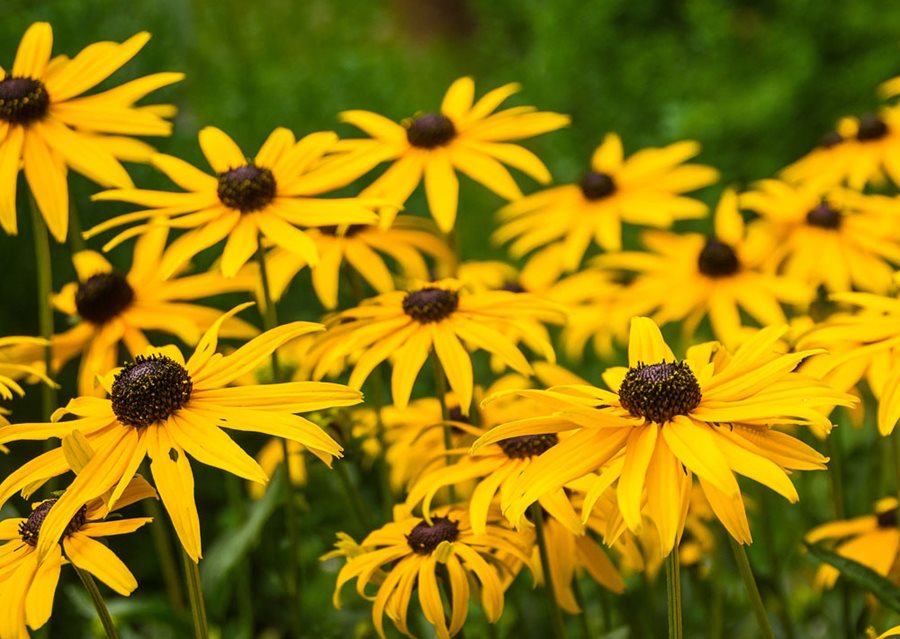
A classic North American native, Black-Eyed Susan is a tough, cheerful wildflower that produces golden-yellow, daisy-like flowers with dark, chocolate-brown centers. Blooming from mid-summer to fall, these resilient plants thrive in full sun and well-drained soil. Growing 2 to 3 feet tall, they’re excellent for naturalizing wildflower meadows, borders, and cottage gardens. Black-Eyed Susans are drought-tolerant and beloved by butterflies and bees, adding bright, sun-kissed color wherever planted. Pair them with purple coneflowers or ornamental grasses for a timeless prairie-style display.
2. Bluebell (Hyacinthoides non-scripta)
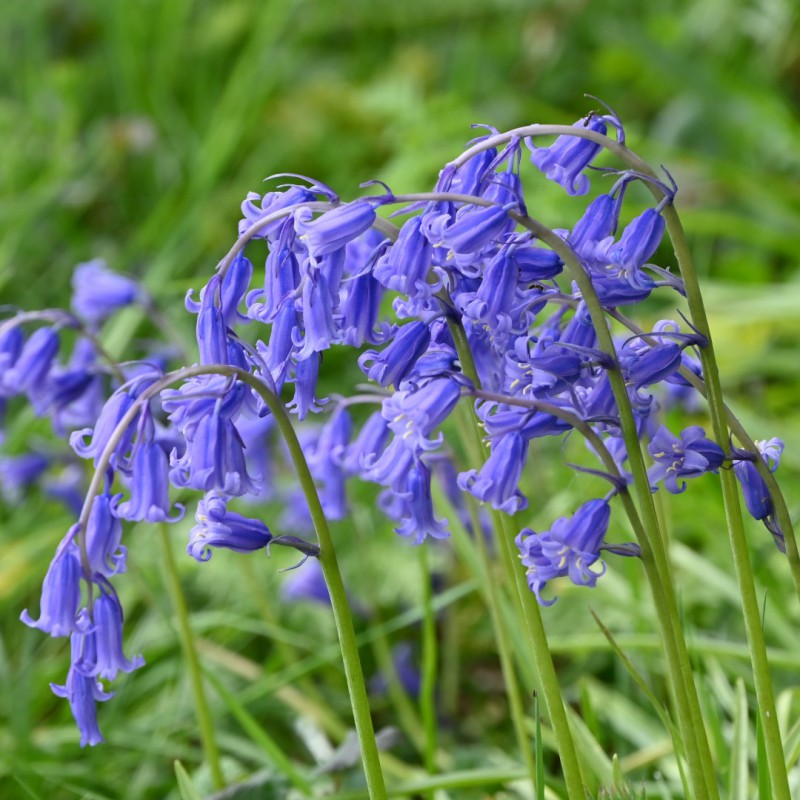
Known for their enchanting, bell-shaped flowers in shades of violet-blue, Bluebells create breathtaking carpets of color in spring to early summer. Preferring dappled shade and moist, well-drained soil, these wildflowers are perfect for woodland gardens, under trees, or along shaded borders. Bluebells grow up to 18 inches tall and naturalize easily, forming charming colonies over time. Their delicate, nodding blooms attract early-season pollinators and offer a romantic, fairytale feel to any garden space.
3. Purple Coneflower (Echinacea purpurea)

A favorite in wildflower gardens, Purple Coneflower offers bold, daisy-like blooms with rose-pink to purple petals and raised orange-brown centers. These hardy perennials bloom from mid-summer into fall, reaching 2 to 4 feet tall. Coneflowers thrive in full sun and tolerate poor soils, drought, and heat — making them ideal for naturalized plantings, pollinator gardens, or sunny borders. Butterflies, bees, and songbirds love them, and their dried seed heads add winter interest and nourishment for finches.
4. California Poppy (Eschscholzia californica)
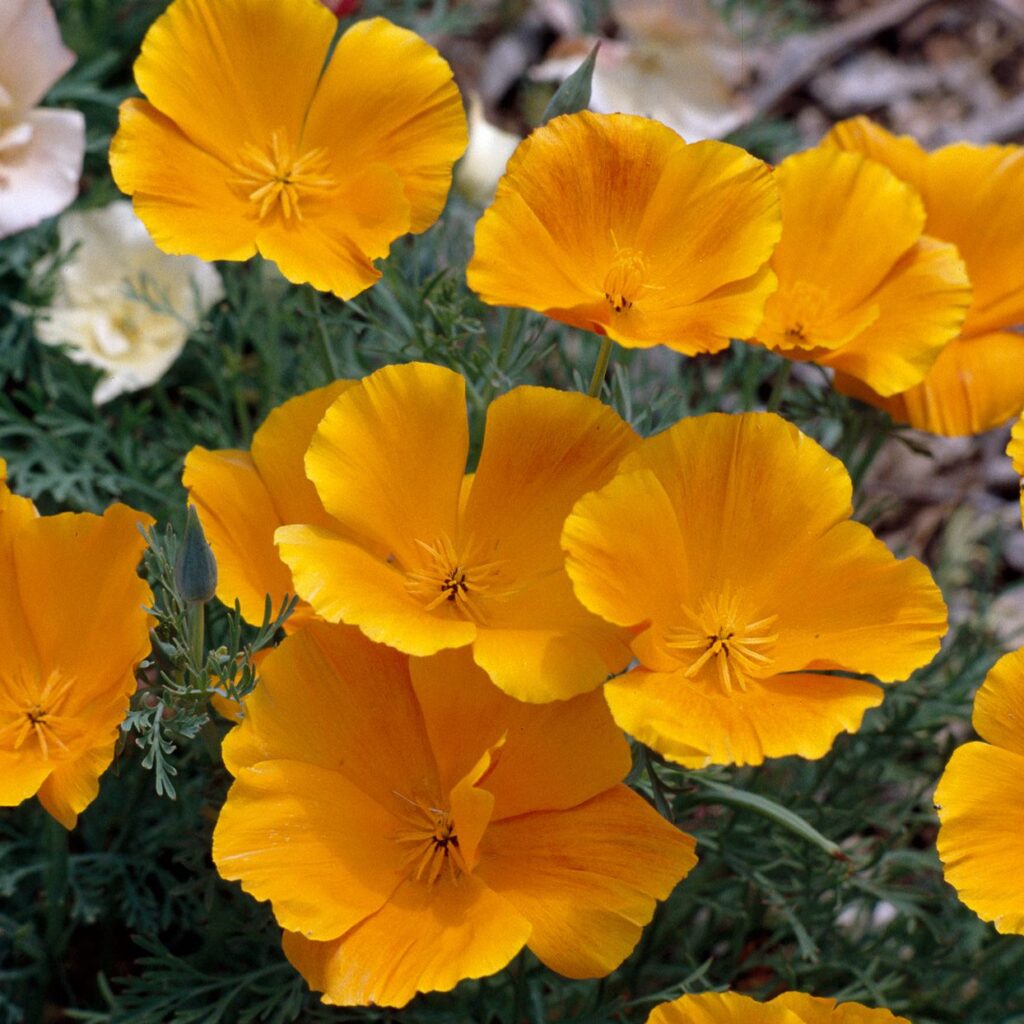
With their cheerful, silky blooms in brilliant shades of orange, yellow, and red, California Poppies are quintessential wildflowers for sunny, dry gardens. Blooming from spring through summer, these annuals or short-lived perennials grow 12 to 18 inches tall and thrive in poor, sandy soils where other plants struggle. California Poppies close their flowers at night and in cloudy weather, adding a touch of whimsy to the garden. They’re drought-tolerant, self-sow easily, and create vivid, eye-catching displays when planted en masse.
5. Wild Lupine (Lupinus perennis)

Wild Lupine adds vertical interest to wildflower gardens with its striking spikes of blue, violet, or pink pea-like flowers. Blooming in late spring to early summer, these perennial wildflowers grow up to 3 feet tall and thrive in sandy, well-drained soil. Wild Lupines are crucial for pollinators, attracting bees, butterflies, and hummingbirds. They also serve as host plants for endangered species like the Karner blue butterfly. Plant them in meadows, borders, or alongside native grasses for a bold, natural look.
6. Coreopsis (Coreopsis tinctoria)
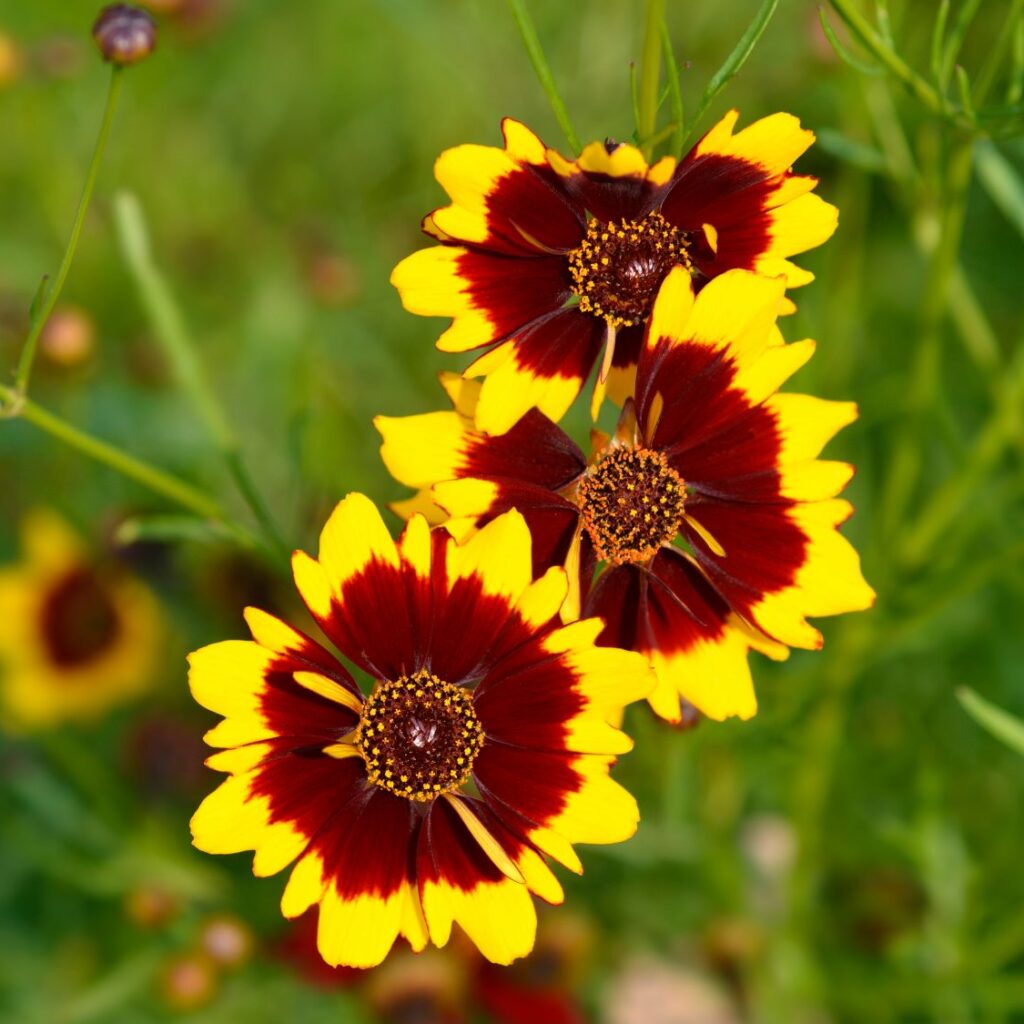
Also known as Plains Coreopsis or Tickseed, this wildflower brightens gardens with masses of cheerful, daisy-like blooms in shades of yellow with dark maroon centers. Blooming from summer into fall, Coreopsis thrives in full sun and poor, dry soils, making it perfect for naturalized areas and low-maintenance gardens. These 2 to 3-foot tall plants are drought-tolerant and self-sow readily, creating continuous waves of color year after year. Coreopsis is highly attractive to bees and butterflies, making it a vital addition to pollinator-friendly landscapes.
Final Thoughts
Wildflowers offer a wonderful blend of beauty, resilience, and ecological benefit. Whether you’re drawn to the sunny faces of Black-Eyed Susans, the airy elegance of Bluebells, or the fiery brightness of California Poppies, these 6 wildflower varieties will transform your garden into a lively, colorful haven for both people and pollinators. Plant them in natural drifts or intermingle them with perennials for a relaxed, nature-inspired aesthetic that feels timeless and free.
Would you like me to create a wildflower garden layout or a native wildflower mix suggestion for your region too? I’d be happy to help!

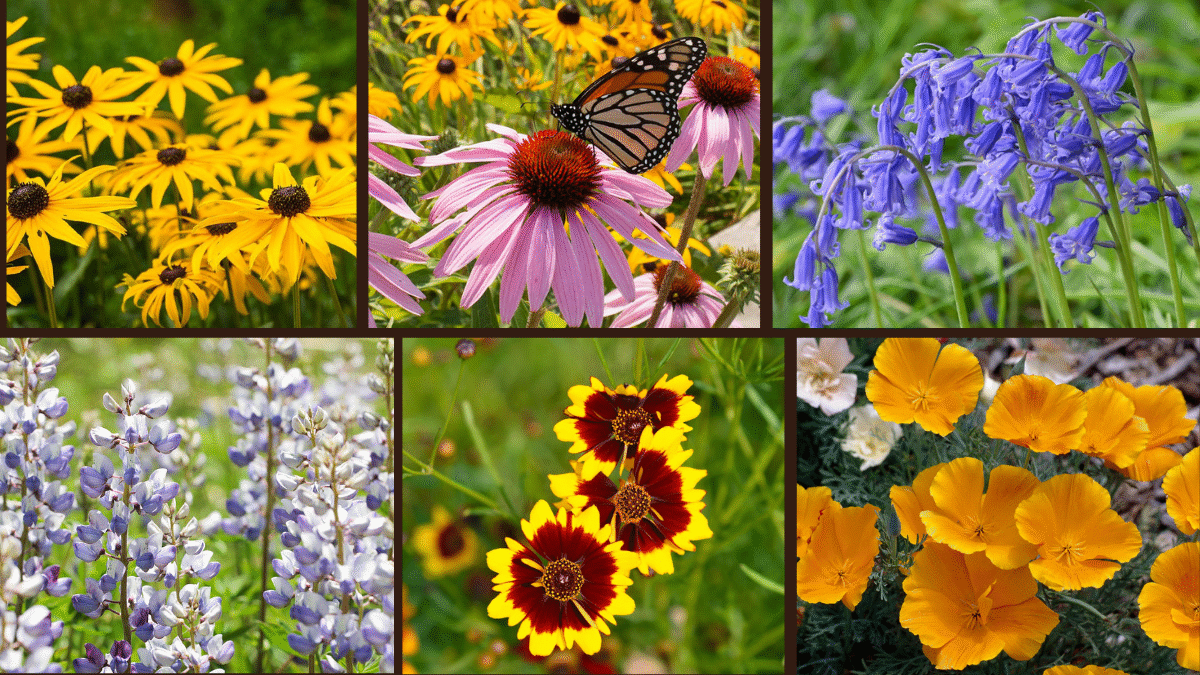



Leave A Comment